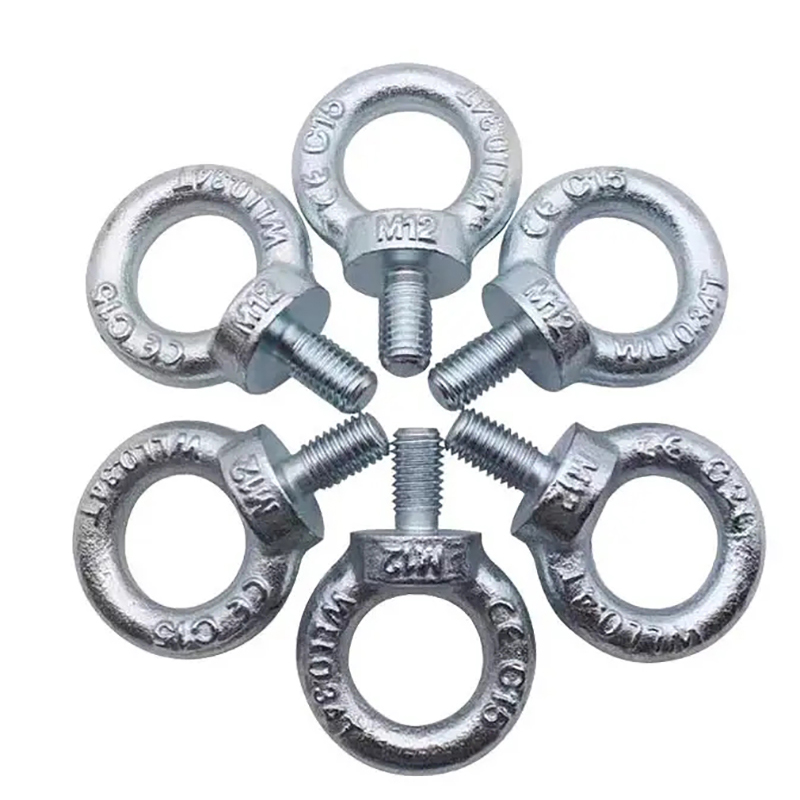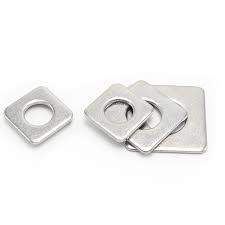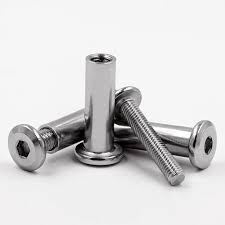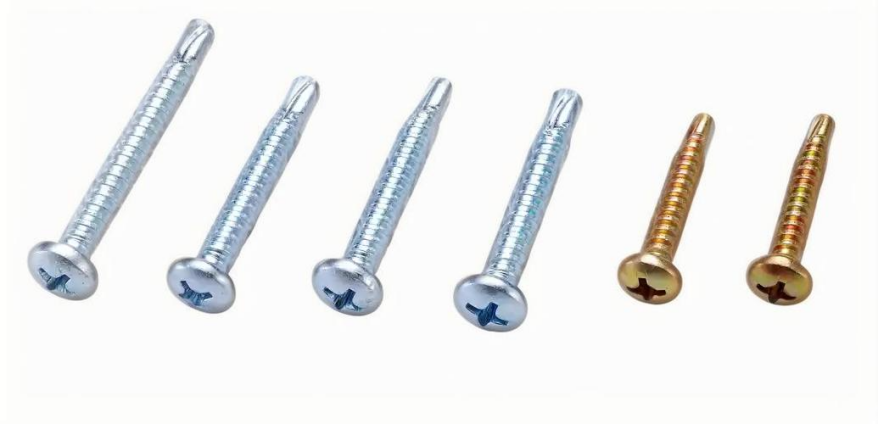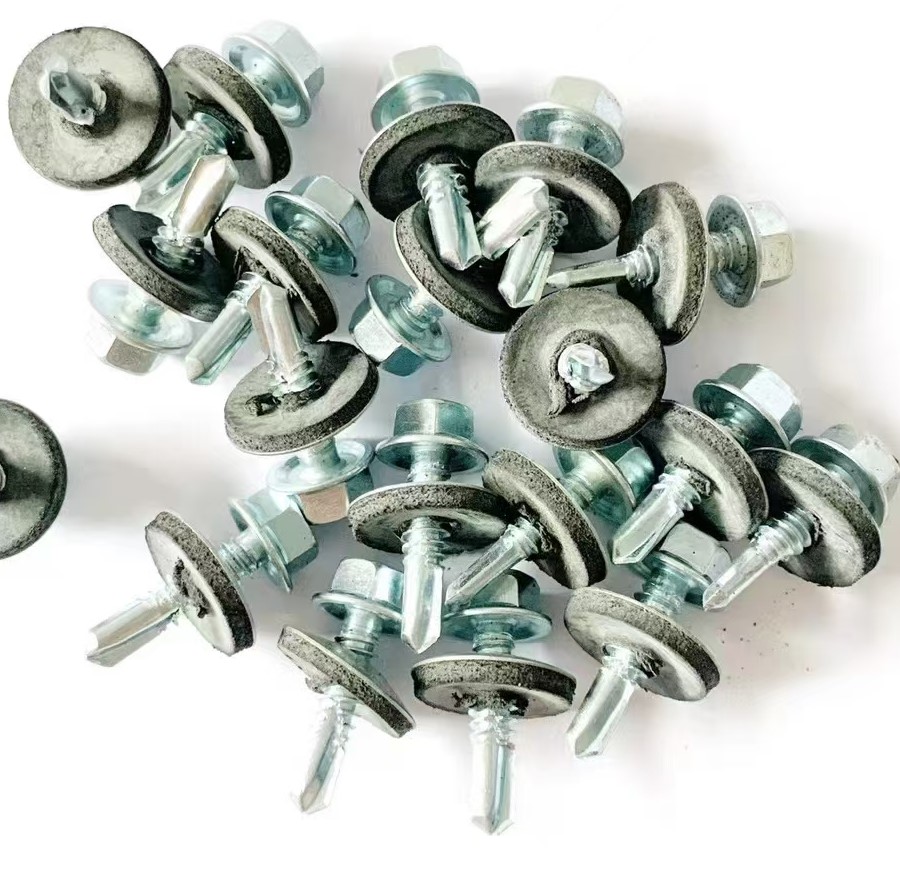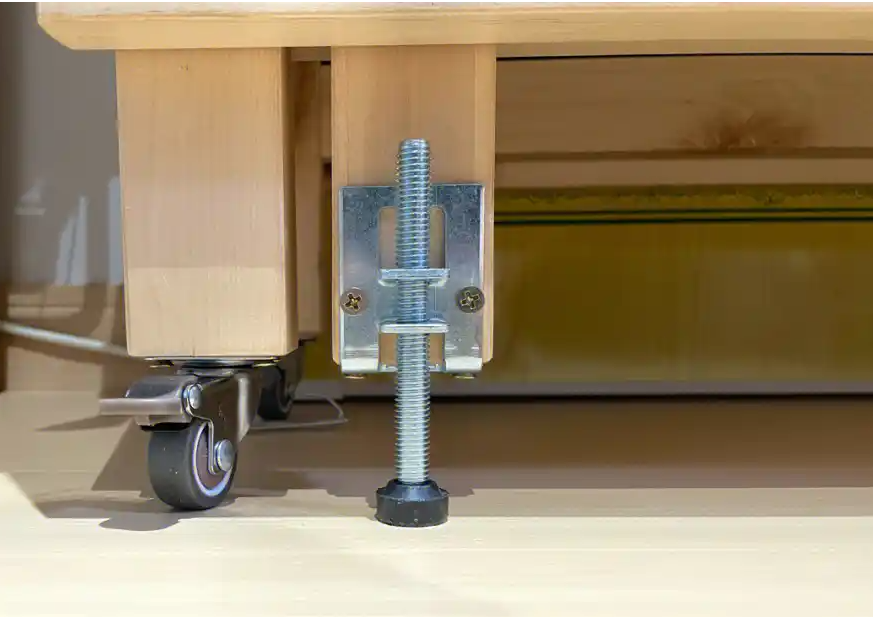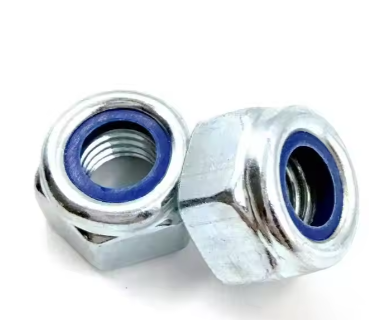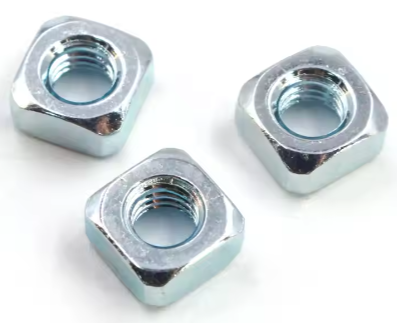

This comprehensive guide explores the world of metal shims, covering their types, applications, and selection criteria. We'll delve into the practical aspects of using metal shims, offering insights to help you choose the right shim for your specific needs. Learn about different materials, thicknesses, and precision levels, ensuring you make informed decisions for your projects. Whether you're a seasoned engineer or a DIY enthusiast, this guide provides valuable information on maximizing the efficiency and effectiveness of metal shims.
Metal shims are available in a variety of materials, each with its own strengths and weaknesses. Common materials include steel, stainless steel, aluminum, brass, and copper. The choice of material depends heavily on the application. For instance, stainless steel metal shims offer excellent corrosion resistance, making them ideal for outdoor or humid environments. Aluminum metal shims are lightweight and often chosen for applications where weight is a critical factor. The choice of material often dictates the overall cost and longevity of the shim. Hebei Dewell Metal Products Co., LTD, a leading supplier of high-quality fasteners and shims, offers a wide range of material options to cater to diverse project needs. You can explore their extensive catalog at https://www.deweLLfastener.com/.
Metal shims are available in a range of thicknesses, from very thin (e.g., 0.001 inches) to relatively thick (e.g., 0.125 inches). The required thickness depends on the specific application. Precision is also a critical factor; some applications require extremely precise metal shims with tolerances of just a few thousandths of an inch. Choosing the appropriate thickness and precision level ensures a perfect fit and optimal performance.
While commonly associated with rectangular or square shapes, metal shims can be custom-cut into various shapes and sizes to meet specific application requirements. This flexibility extends their versatility across a broad spectrum of industries and projects.
Metal shims play a crucial role in machinery and equipment, used for adjusting alignment, compensating for wear, and ensuring proper functionality. They are frequently employed in engine blocks, machine tools, and other precision equipment where accurate spacing and alignment are paramount.
The automotive industry relies heavily on metal shims for various applications, including adjusting valve clearances, aligning parts, and ensuring smooth operation of components. Their use contributes to the precise engineering and reliable performance of vehicles.
In construction and manufacturing, metal shims are utilized to level surfaces, ensure proper alignment of structures, and compensate for imperfections in materials. Their ability to provide precise adjustments enhances structural integrity and stability.
Choosing the correct metal shim requires careful consideration of several factors. The primary factors to consider include the material, thickness, precision, and shape required for the specific application. It's crucial to accurately assess the gap or tolerance that needs to be filled to ensure a proper fit and avoid any potential issues.
Metal shims offer several advantages, including precise adjustments, ease of use, and cost-effectiveness in many applications. They provide a simple yet highly effective way to correct tolerances and ensure proper alignment.
Numerous suppliers offer metal shims. Hebei Dewell Metal Products Co., LTD provides a wide selection of high-quality metal shims, catering to diverse needs and applications. Visit their website at https://www.deweLLfastener.com/ for more information.
Common mistakes include using incorrectly sized metal shims, improper installation leading to misalignment or damage, and neglecting to consider the material’s properties in relation to the application.
| Material | Advantages | Disadvantages |
|---|---|---|
| Stainless Steel | Corrosion resistant, high strength | More expensive than other options |
| Aluminum | Lightweight, good corrosion resistance | Lower strength than steel |
| Brass | Good machinability, corrosion resistance | Softer than steel |
This information is for general guidance only. Always consult with relevant professionals for specific application requirements.

